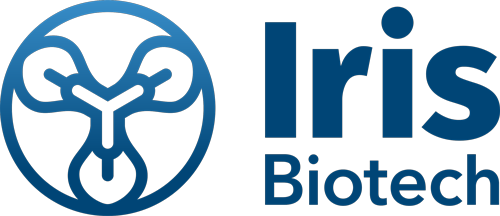Welcome to Iris Biotech
For better service please confirm your country and language we detected.
confirm selection

For better service please confirm your country and language we detected.

Thank you very much for your interest in our products. All prices listed on our website are ex-works, Germany, and may attract customs duties when imported.
You may/will be contacted by the shipping company for additional documentation that may be required by the US Customs for clearance.
We offer you the convenience of buying through a local partner, Peptide Solutions LLC who can import the shipment as well as prepay the customs duties and brokerage on your behalf and provide the convenience of a domestic sale.
Continue to Iris Biotech GmbHSend request to US distributorNombre químico: N-alpha-Maleimido-N-beta-t-butyloxycarbonyl-L-2,3-diaminopropionyl-valyl-alanyl-(4-aminobenzyl)-(4-nitrophenyl)-carbonate // Sinónimos: tert-butyl(S)-2-(2,5-dioxo-2,5-dihydro-1H-pyrrol-1-yl)-3-((S)-3-methyl-1-((S)-1-(4-(((4-nitrophenoxy)carbonyloxy)methyl)phenylamino)-1-oxopropan-2-ylamino)-1-oxobutan-2-ylamino)-3-oxopropylcarbama te
from 500,00 €
Linker for Antibody-Drug-Conjugation (ADC). The Val-Cit will specifically be cleaved by catepsin B. As this enzyme is only present in the lysosome the ACD payload will be release in the cell, only. MAL-Dap(Boc) building blocks are ideal tools for persistent conjugation with thiol groups: After removal of the Boc protecting group and conjugation with the mercaptane function, the free methylamino side chain will open the maleimide ring under aqueous conditions. While the conjugation reaction between thiol and cyclic maleimide is reversible, it turns completely stable in the open ring structure. This becomes particularly important in the formation of conjugates with high value components.
Please note the patent WO2013173337 for use of this compound in commercial applications, particular for antibody-drug conjugates.
Laurent Ducry (ed.), Antibody-Drug Conjugates, Methods in Molecular Biology, vol. 1045, DOI 10.1007/978-1-62703-541-5_5, # Springer Science+Business Media, LLC 2013.
Self-hydrolyzing maleimides improve the stability and pharmacological properties of antibody-drug conjugates; R.P. Lyon, J.R. Setter, T.D. Bovee, S.O. Doronia, J.H. Hunter, M.E. Anderson, C.L. Balasubramanian, S.M. Duniho, C.I. Leiske, F. Li, P.D. Senter; Nature Biotechnology 2014; 32(10): 1059-1062. DOI:10.1038/nbt.2968.
WO2013173337
Por favor envíeme más información sobre Mal-Dap(Boc)-Val-Ala-PAB-PNP






















